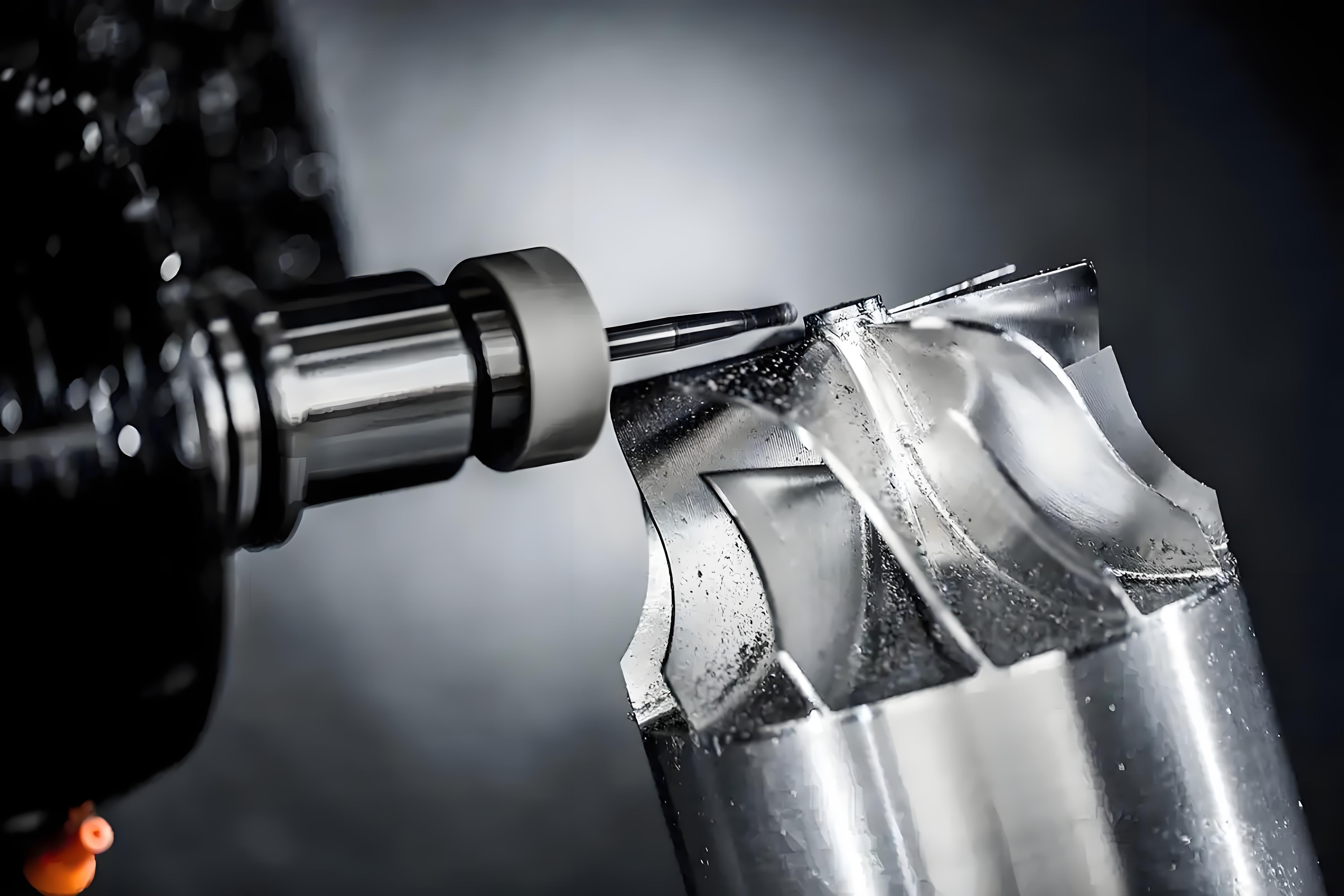In today's competitive manufacturing landscape, 5-axis CNC machining stands as a transformative force, pushing the boundaries of what's possible in part design and production. This advanced technology has become the cornerstone of modern manufacturing, enabling the creation of components that were once considered impossible to machine.

Beyond Basic Machining: The 5-Axis Advantage
Traditional 3-axis machining operates within three linear directions, while 5-axis CNC systems incorporate two additional rotational axes, allowing the cutting tool to maintain optimal contact with the workpiece from multiple angles. This sophisticated movement capability brings several crucial benefits:
Revolutionizing Complex Geometries
The true power of 5-axis machining lies in its ability to handle exceptionally complex part geometries. From aerospace components with compound curves to medical implants with organic shapes, this technology eliminates the need for multiple setups, ensuring perfect accuracy across all part features. Design engineers now enjoy unprecedented freedom to create innovative parts without manufacturing constraints.
Enhanced Efficiency and Precision
By completing parts in a single setup, 5-axis machining dramatically reduces production time while improving dimensional accuracy. The elimination of multiple fixturing and repositioning steps translates to faster turnaround times and superior part quality. This streamlined approach also minimizes human error, ensuring consistent results across production runs.
Material Versatility
5-axis machines excel at processing a wide range of materials, from aerospace-grade titanium and Inconel to engineering plastics and composites. The ability to maintain optimal tool orientation allows for efficient machining of challenging materials that would be difficult to process using conventional methods.
Industry Applications Transforming Modern Manufacturing
The impact of 5-axis technology spans across multiple sectors:
Aerospace & Defense: Manufacturing critical components like turbine blades, engine parts, and structural elements with complex aerodynamic profiles
Medical Technology: Producing surgical instruments, patient-specific implants, and diagnostic equipment requiring extreme precision
Automotive Racing: Creating lightweight, high-strength components for performance vehicles and racing applications
Mold & Die Making: Developing intricate mold cores and cavities with superior surface finishes
The Future of Advanced Manufacturing
As manufacturing evolves, 5-axis CNC machining continues to integrate with emerging technologies. The combination of automated workpiece handling, advanced tool monitoring systems, and real-time quality control creates a seamless digital manufacturing environment. Smart manufacturing initiatives are leveraging data analytics from 5-axis machines to optimize production processes and predict maintenance needs.
Embracing the Digital Thread
Modern 5-axis machining represents a crucial link in the digital manufacturing chain, connecting CAD design data directly to finished components. This integration ensures design intent is perfectly maintained throughout the production process, from digital prototype to final part validation.
For manufacturers looking to stay competitive in today's global market, investing in 5-axis CNC technology is no longer an option but a necessity. The technology's ability to produce complex parts with exceptional accuracy and efficiency makes it an indispensable tool for driving innovation and maintaining technological leadership.